Sassafras
- October 17, 2023
- 0 comment
Sassafras, a fascinating and versatile plant native to North America, has a rich history and a range of uses. Known scientifically as Sassafras albidum, it’s characterized by its distinctive three-lobed leaves and aromatic qualities. Historically, sassafras has been employed for both culinary and medicinal purposes. Native American tribes used it for various ailments, and European settlers later adopted it for its unique flavor, which was once a key ingredient in traditional root beer recipes.

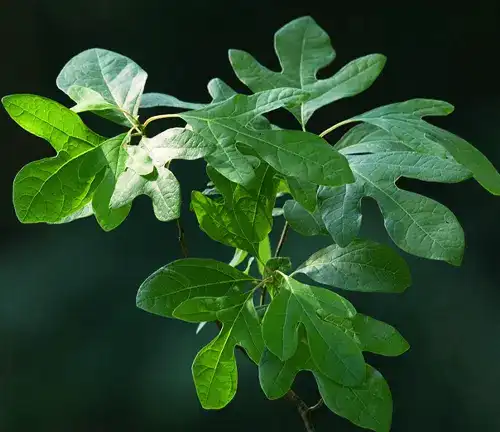
Sassafras oil, derived from its roots and bark, contains safrole, a compound now recognized as a potential carcinogen, leading to a ban on its use in food products in the United States. Nevertheless, sassafras remain a popular flavor in various non-food products like soaps and perfumes. Beyond its aromatic and culinary appeal, sassafras continues to be studied for its potential medicinal properties, showing promise in treating certain health conditions.
While its culinary applications have been tempered, sassafras continues to be a plant of interest for its historical significance and diverse applications.
| Characteristics | Description |
| Scientific Name | Sassafras albidum |
| Common Name | Sassafras |
| Family | Lauraceae |
| Native Range | North America, primarily eastern and central regions |
| Leaf Characteristics | Typically three-lobed, occasionally unlobed, with a mitten-shaped appearance |
| Bark | Dark brown, furrowed, and aromatic when scratched |
| Height | Can reach up to 60 feet (18 meters) in optimal conditions |
| Aromatic Qualities | Roots, bark, and leaves emit a sweet, spicy, and distinct fragrance |
| Historical Use | : Used by Native American tribes for medicinal purposes and by European settlers as a flavoring in traditional root beer |
| Safrole Content | Sassafras oil contains safrole, a compound considered potentially carcinogenic, leading to regulations in its use in food products |
| Culinary Use | Sassafras flavoring in non-food products like soaps, perfumes, and potpourri |
| Medicinal Potential | Ongoing research into potential health benefits, including anti-inflammatory and antifungal properties |
| Conservation Status | Not listed as endangered or threatened |
| Distinctive Features | Recognizable by its unique leaves and aromatic bark |
| Habitat | Thrives in various soil types, typically found in open woods, along roadsides, and in disturbed areas |
| Current Regulations | Safrole-containing products regulated in the United States, with restrictions on its use in food and beverages |
Botanical Beauty of Sassafras
In the heart of North America’s woodlands lies a botanical gem, the Sassafras tree (Sassafras albidum). With its distinctive mitten-shaped leaves and aromatic bark, Sassafras stands out as a true natural beauty. This article takes you on a journey through the various facets of this remarkable plant, from its visual appeal to its ecological significance.
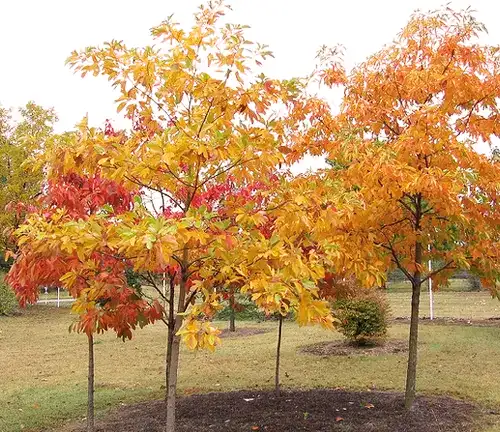
Woodland Elegance
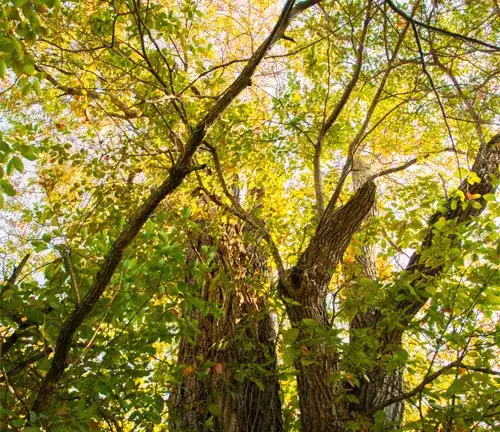
Sassafras, often reaching up to 60 feet in height, graces the woodlands with its elegant presence. Its leaves, characterized by their unique three-lobed or unlobed structure, lend a touch of sophistication to the forest floor. The dappled sunlight filtering through these leaves creates a captivating play of shadows, adding to the tree’s allure.
Ecological Importance
Beyond its aesthetic appeal, Sassafras plays a pivotal role in the ecosystem. It provides sustenance for various wildlife species, including deer and rabbits, which browse on its leaves and twigs. Additionally, the tree supports a range of insects, some of which are specialized feeders. Sassafras contribute to the overall biodiversity of the woodland environment.
Cultivation and Conservation
Cultivating Sassafras can be a rewarding endeavor for those with a green thumb. It thrives in well-drained soil and requires minimal care. However, despite its ease of cultivation, Sassafras faces conservation concerns. The overharvesting of its roots for the extraction of sassafras oil has led to the tree’s decline in some regions, underscoring the need for responsible stewardship.
Fragrance
Sassafras’s aromatic qualities are legendary. When you scratch the tree’s bark or leaves, a sweet and spicy fragrance is released, delighting the senses. This captivating scent has been cherished for centuries and is harnessed in various non-food products, such as soaps, perfumes, and potpourri.

Soil Stabilization
Sassafras doesn’t just captivate with its beauty and scent; it also serves an ecological function. Its deep root system aids in soil stabilization, making it an effective species for preventing erosion in areas susceptible to soil loss. This contribution to soil health is another testament to the tree’s significance in its native habitat.
Common Uses
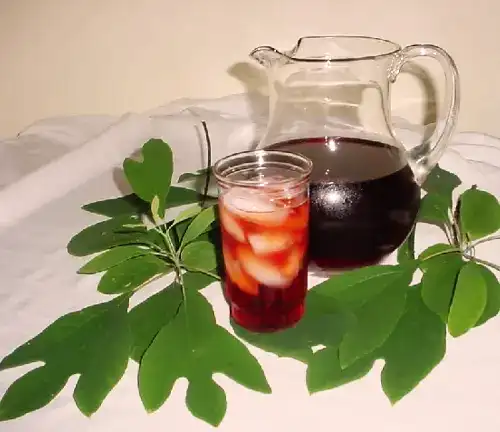
While Sassafras was historically renowned for its culinary application, particularly as a flavoring in traditional root beer, regulations have curtailed its use in food products due to the safrole content in its roots. However, it continues to find its way into various non-food products, enriching the olfactory experiences of many.
Benefits
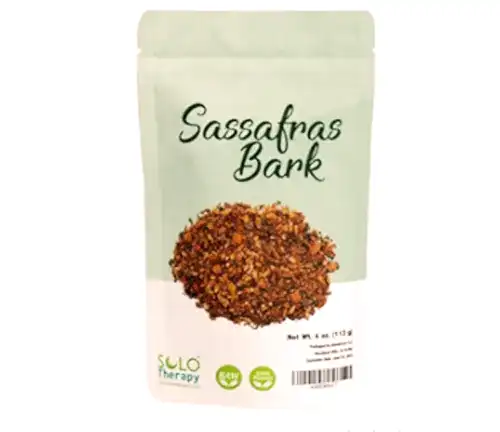

Beyond its aromatic and visual appeal, Sassafras is a subject of ongoing research for its potential health benefits. Studies suggest that it possesses anti-inflammatory and antifungal properties, which could have medicinal applications in the future. As we delve deeper into the world of botanical treasures, Sassafras stands out as a multifaceted gem, bridging the realms of beauty, ecology, and potential wellness.
Different Species
Sassafras albidum
(Common Sassafras)
This is the most familiar and widely distributed species of Sassafras. It is native to eastern North America and is known for its distinctive mitten-shaped leaves and aromatic qualities. Historically, it has been used for various purposes, including as a flavoring agent in traditional root beer.
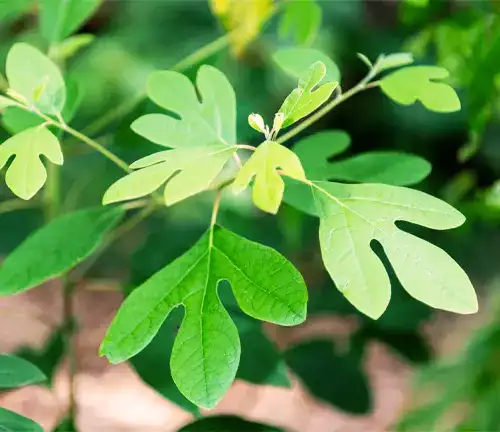

Sassafras randaiense
(Taiwan Sassafras)
Native to Taiwan, this species of Sassafras is relatively smaller than Sassafras albidum. It is known for its aromatic leaves and bark and is used in traditional Taiwanese medicine.
Sassafras tzumu
(Chinese Sassafras)
This species is native to eastern and southeastern Asia, including parts of China. It is often used for its timber, which is highly valued for its quality. The wood is resistant to decay and is used in construction and furniture making.
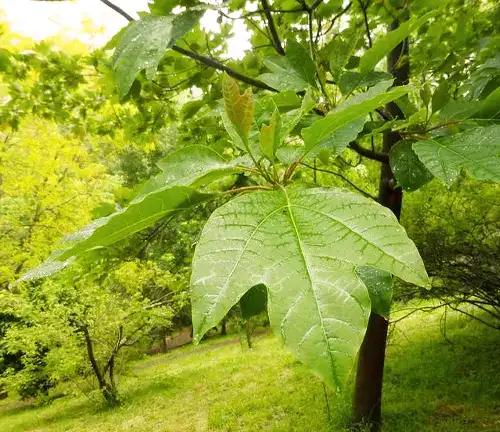

Sassafras hesperia
(Western Sassafras)
Found in western North America, including California, this species of Sassafras is relatively less common compared to its eastern counterpart, Sassafras albidum. It shares some characteristics with the common Sassafras, such as the lobed leaves and aromatic bark.
Frequently Asked Questions (FAQs)
- What is Sassafras?
Sassafras refers to a genus of flowering plants, primarily native to North America and parts of Asia. The most well-known species is Sassafras albidum. - Why is Sassafras known for its aroma?
Sassafras is aromatic due to the presence of compounds like safrole in its roots and bark. When the bark or leaves are scratched, they emit a sweet and spicy fragrance. - What are the culinary uses of Sassafras?
Historically, Sassafras was used as a flavoring agent in traditional root beer. However, its use in food and beverages is now restricted in the United States due to safrole content. - Are there any health benefits associated with Sassafras?
Sassafras is currently being researched for potential health benefits, such as anti-inflammatory and antifungal properties. However, its safety and usage are subject to regulatory restrictions. - How can Sassafras be cultivated?
Sassafras is relatively easy to cultivate. It prefers well-drained soil and can be grown from seeds or young saplings. Proper care is essential to ensure its growth and sustainability. - Is Sassafras endangered or threatened?
Sassafras is not listed as endangered or threatened. However, conservation efforts are important, as overharvesting of its roots for the extraction of sassafras oil has led to concerns about its population in some regions. - Can I use Sassafras in non-food products?
Yes, Sassafras is used in a variety of non-food products, such as soaps, perfumes, and potpourri, to impart its delightful fragrance. - What is the ecological importance of Sassafras?
Sassafras play a role in supporting wildlife by providing food and habitat for various species. Its deep root system also contributes to soil stabilization and helps prevent erosion in woodlands. - Can I plant Sassafras in my garden or landscape?
Sassafras can be a beautiful addition to a garden or landscape, but it’s essential to ensure it is not harvested excessively, and local regulations regarding its cultivation and conservation should be followed. - What should I be aware of regarding the use of Sassafras in products?
Be aware of regulations concerning safrole content in products containing Sassafras. In the United States, the use of safrole in food and beverages is restricted due to safety concerns.


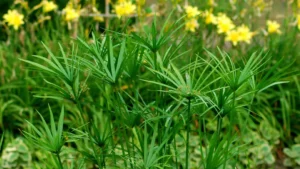
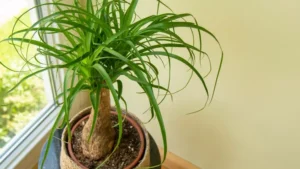
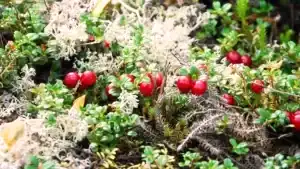

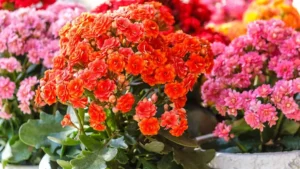
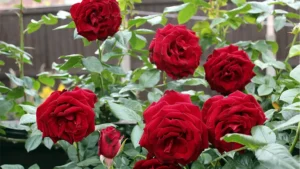
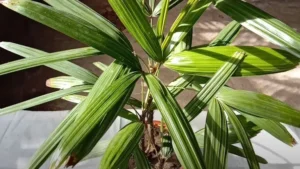
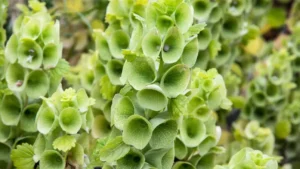
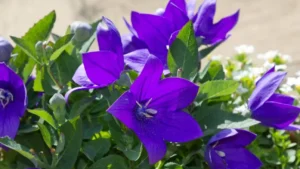
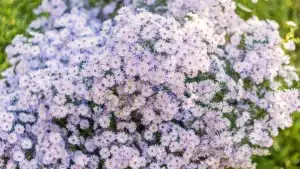
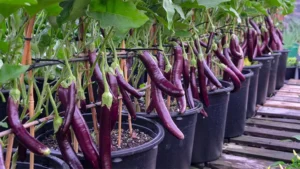
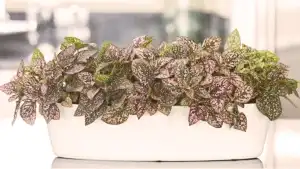
Leave your comment